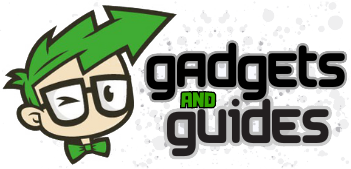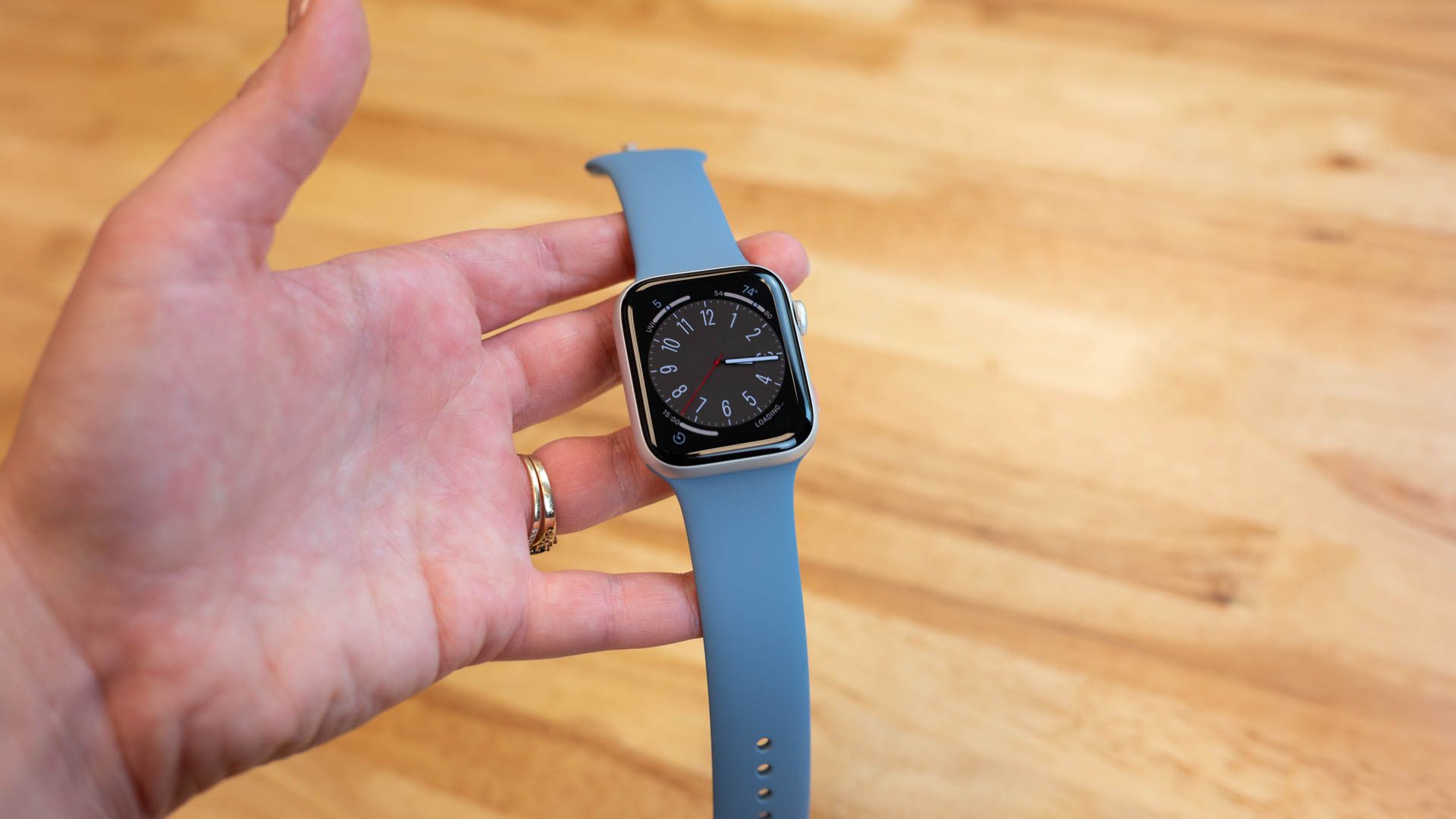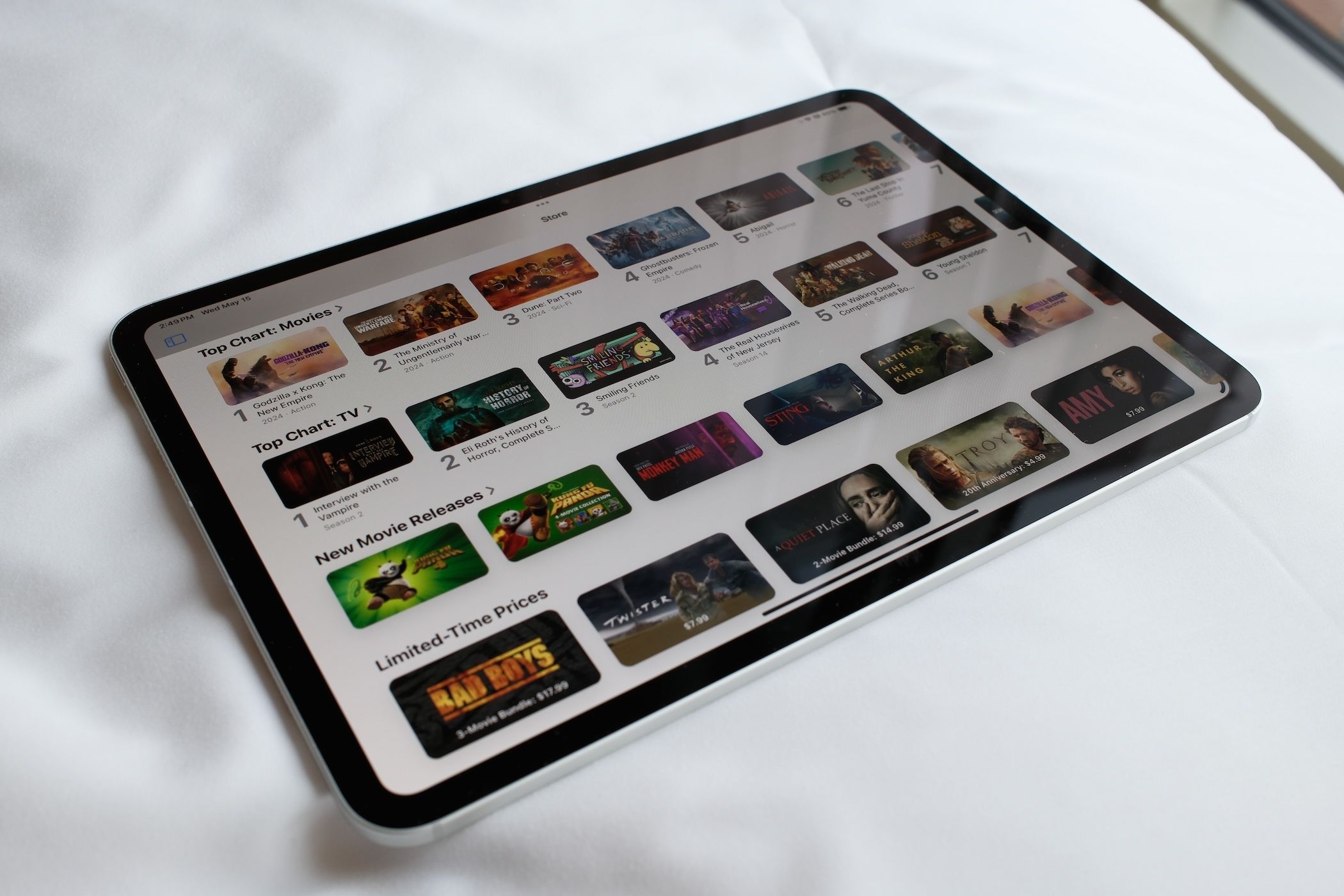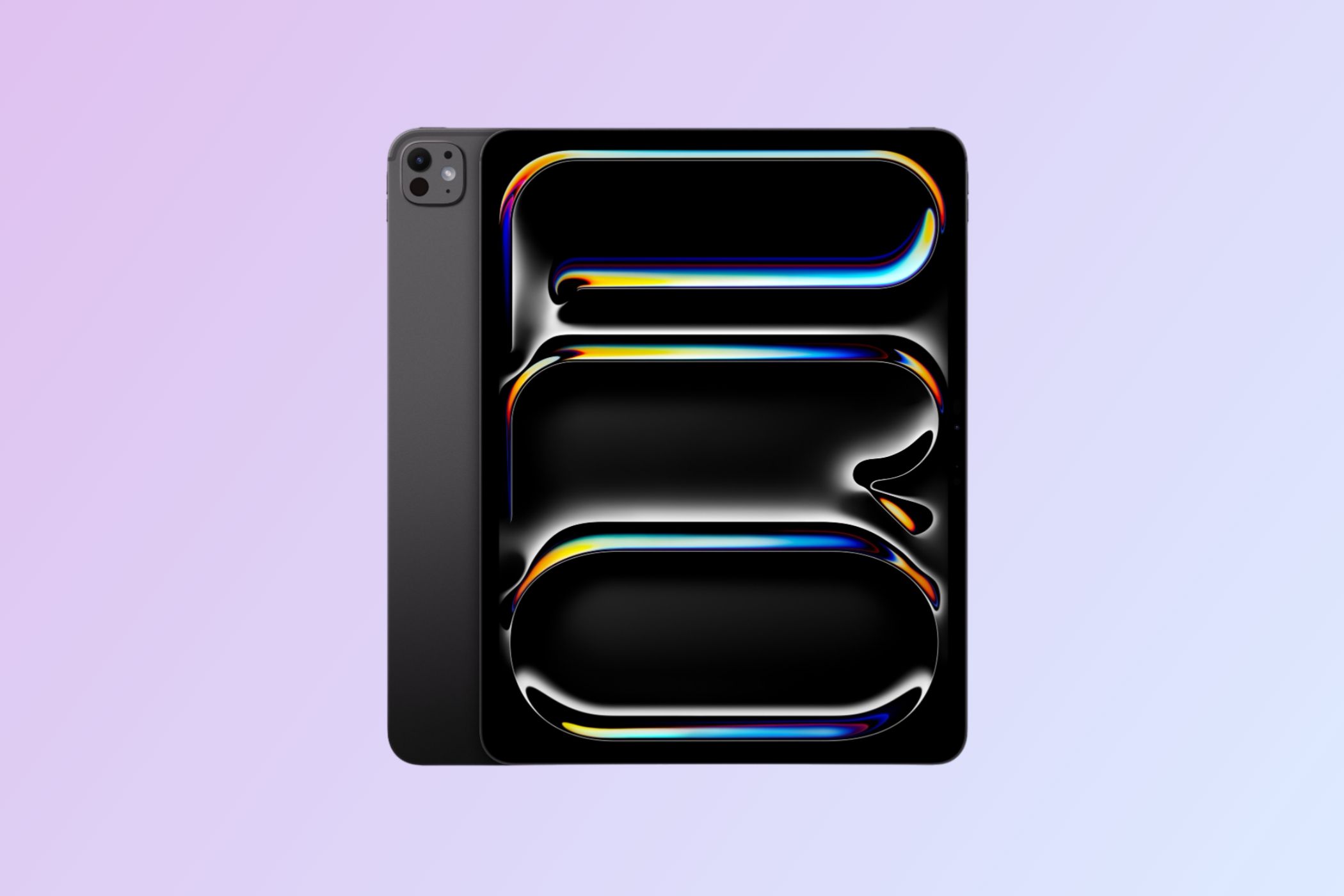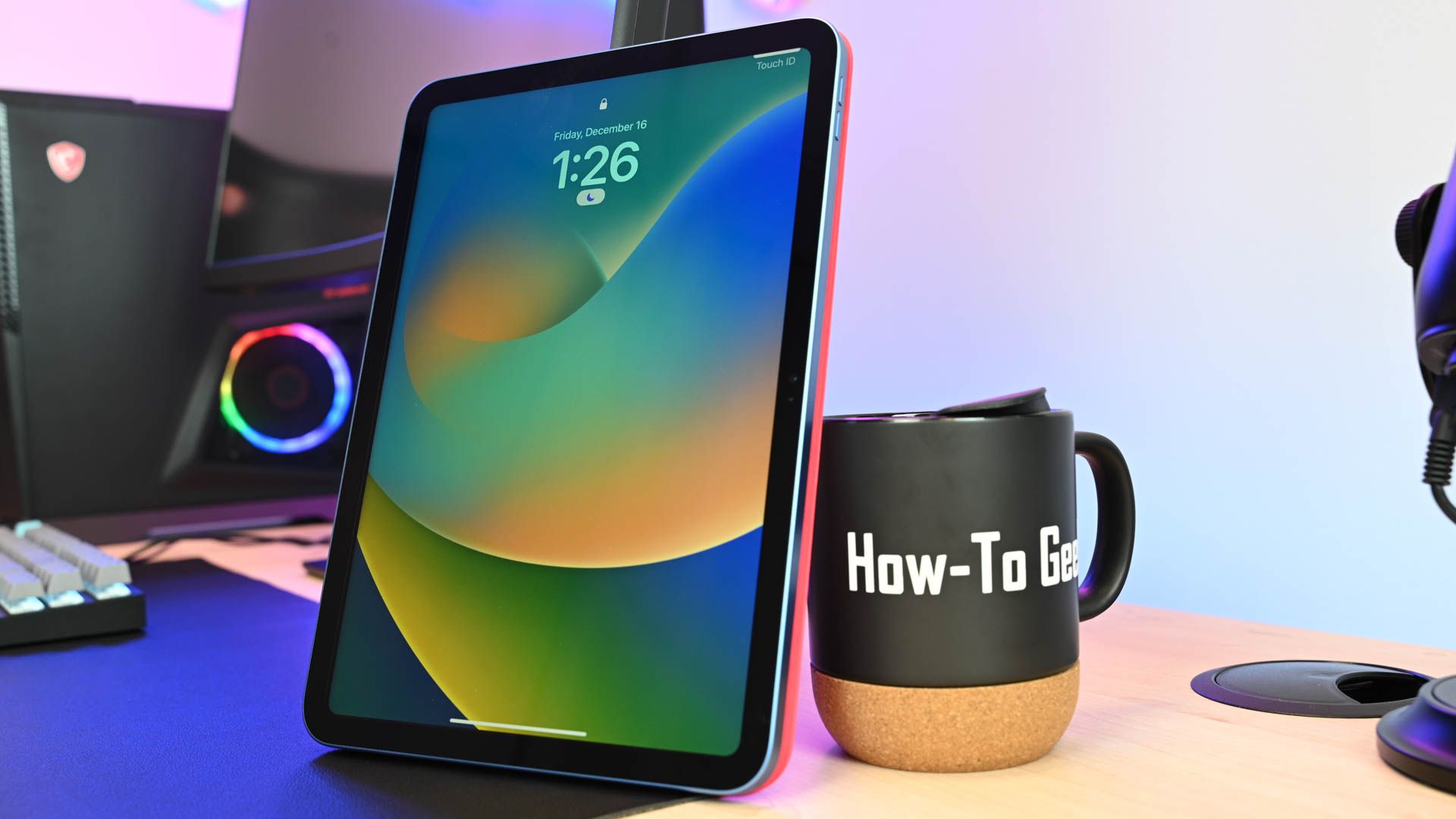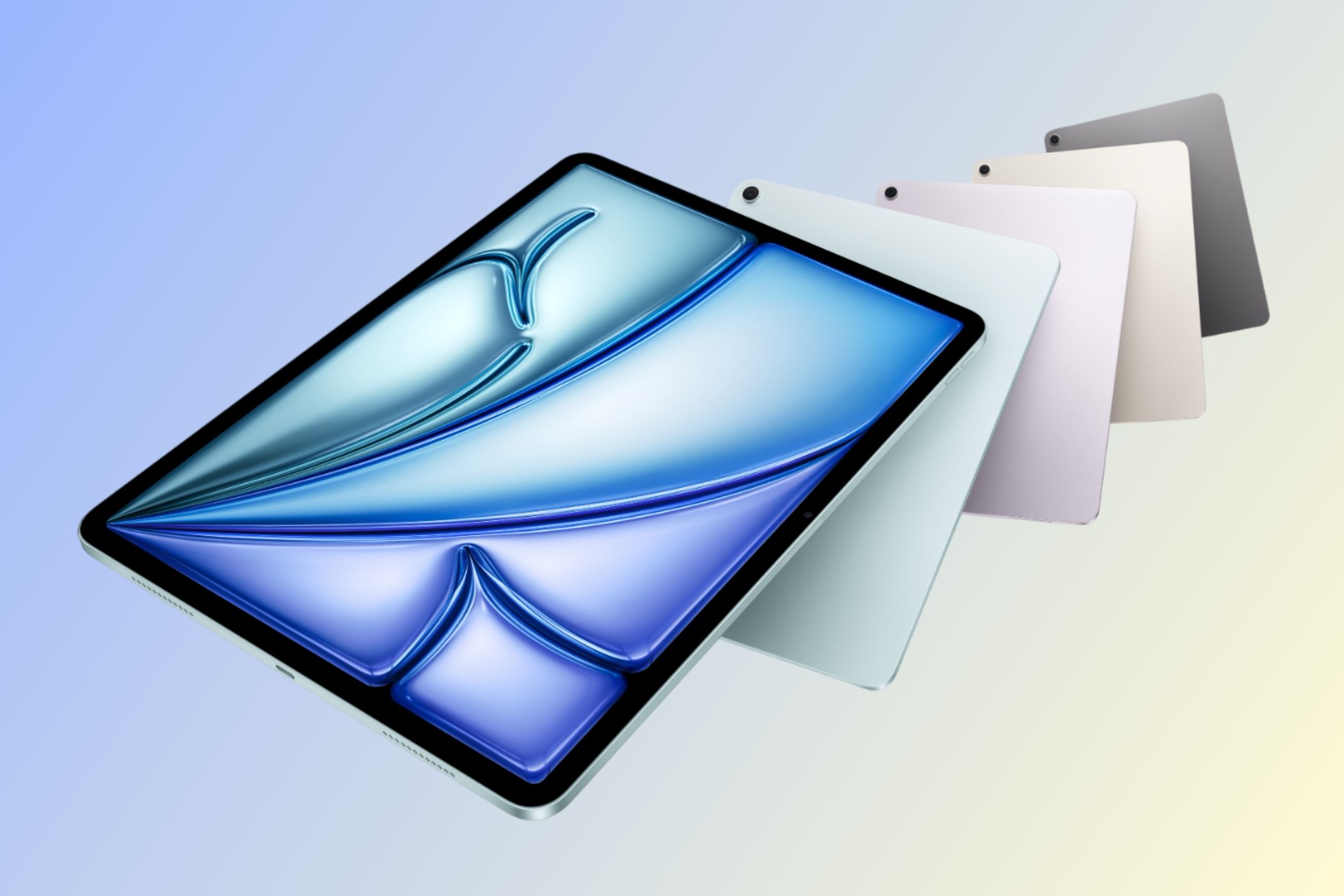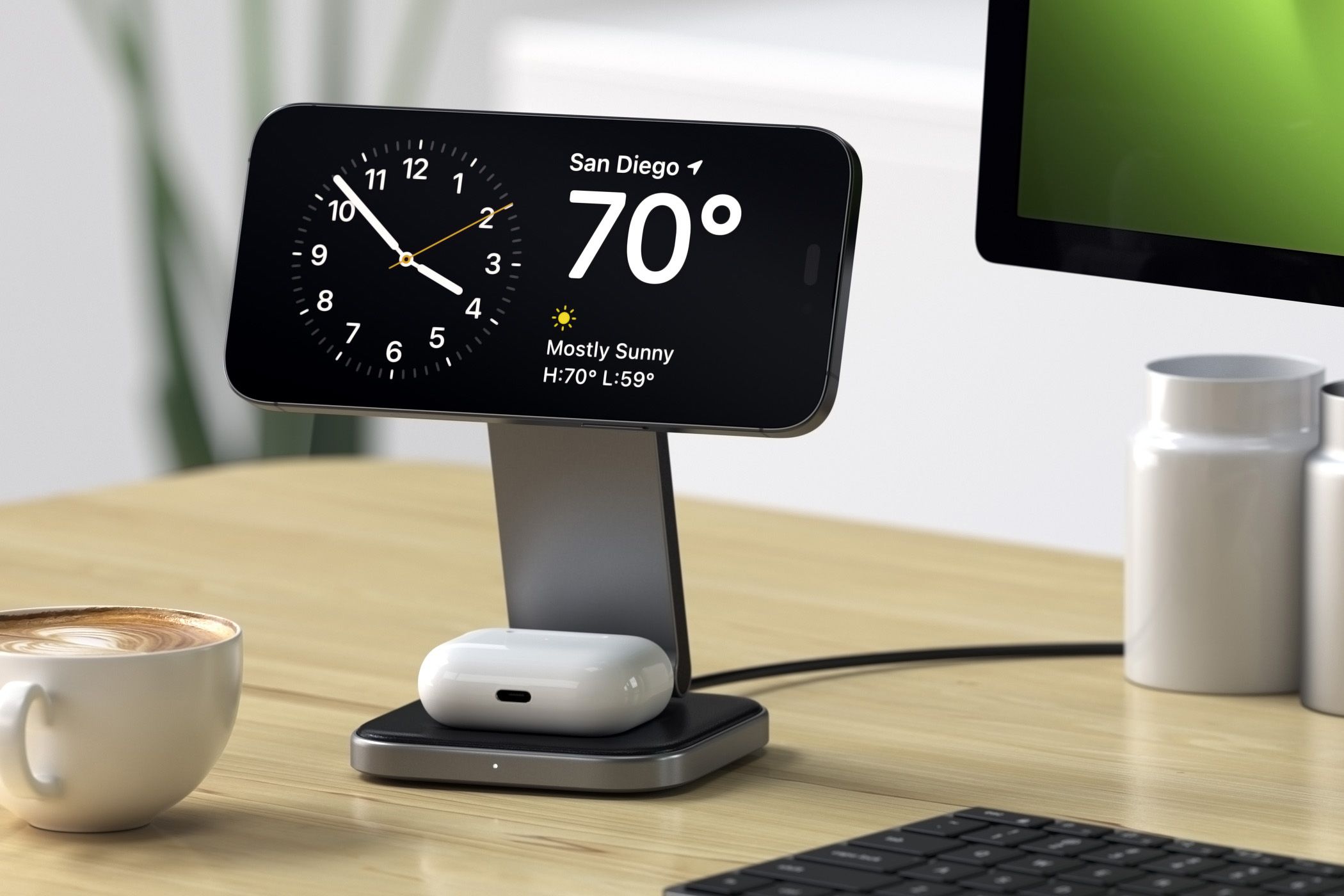The Best iPads of 2025
iPads are among the best tablets money can buy. However, as Apple’s iPad portfolio has expanded, picking the best iPad for your specific needs can be tricky. Fortunately, we’re here to help you make the right choice.
-
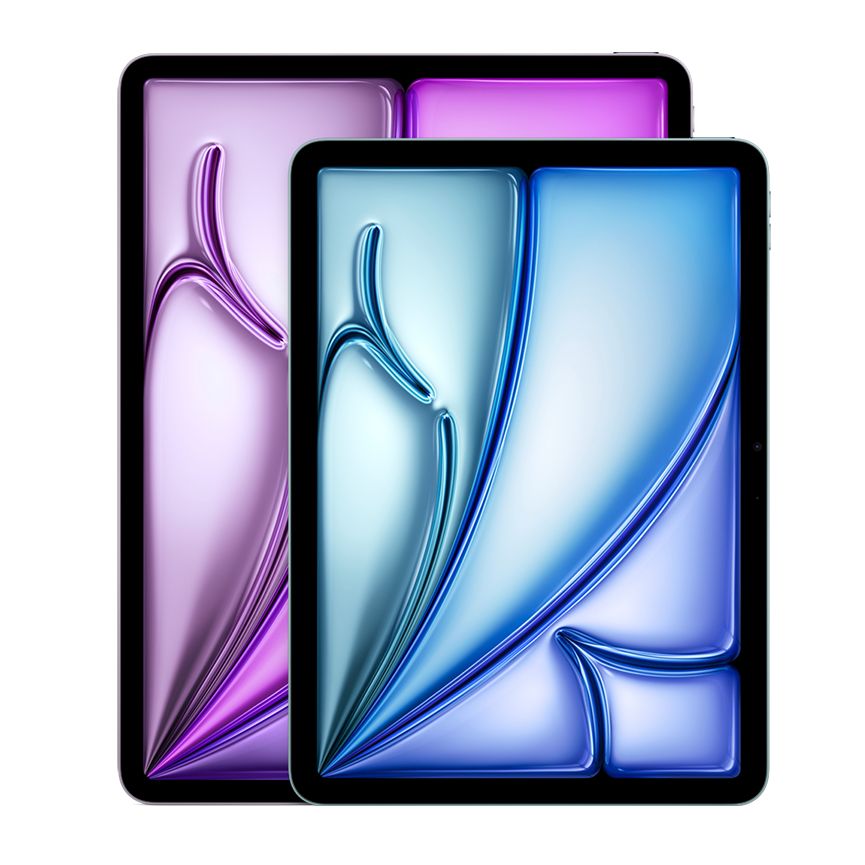
Apple Apple iPad Air (M3)
Best iPad Overall$570 at Amazon -
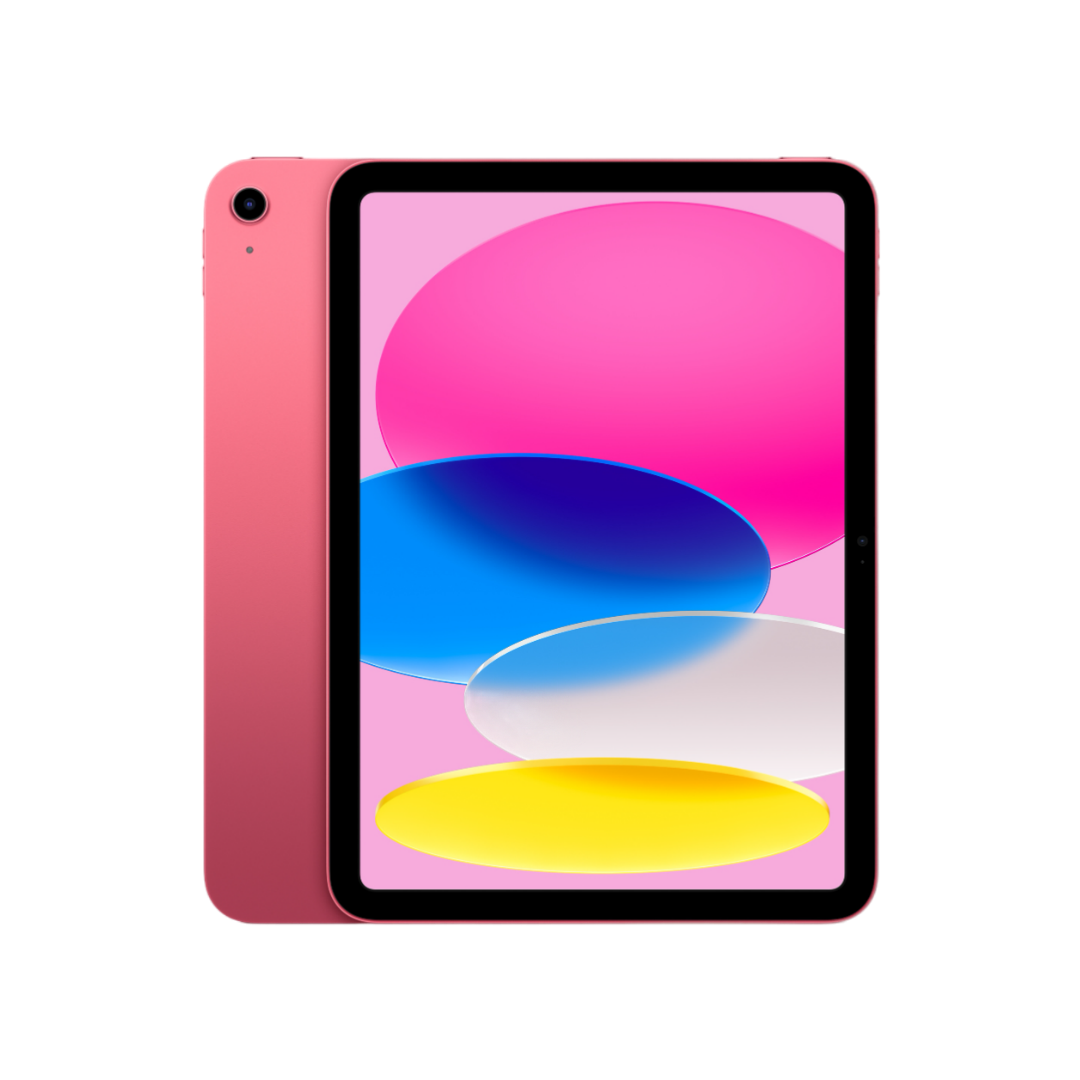
Apple iPad 10th Generation
Best Budget iPadBuy on Amazon -
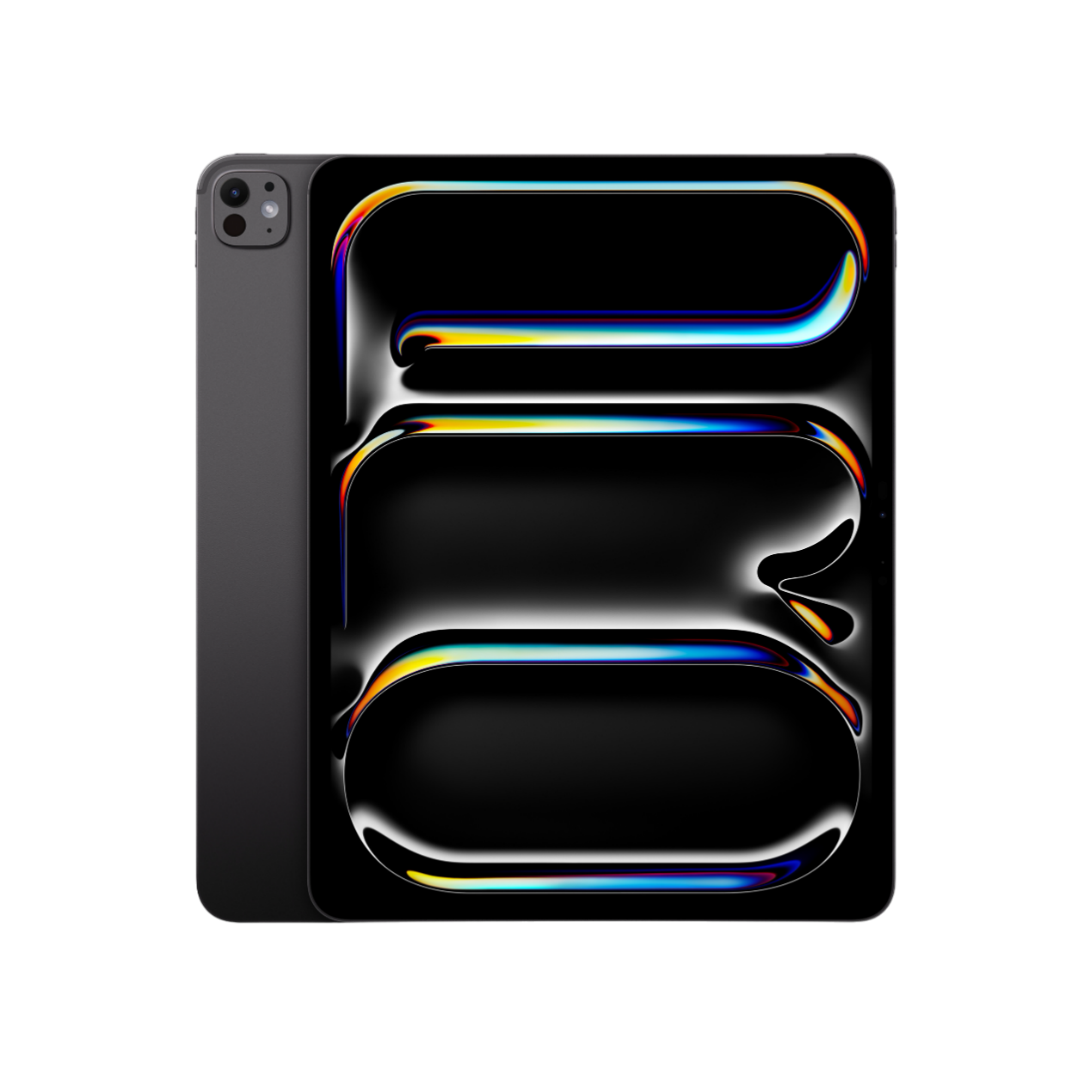
Apple Apple iPad Pro 13 (2024)
Best iPad for Drawing$1250 at Amazon -
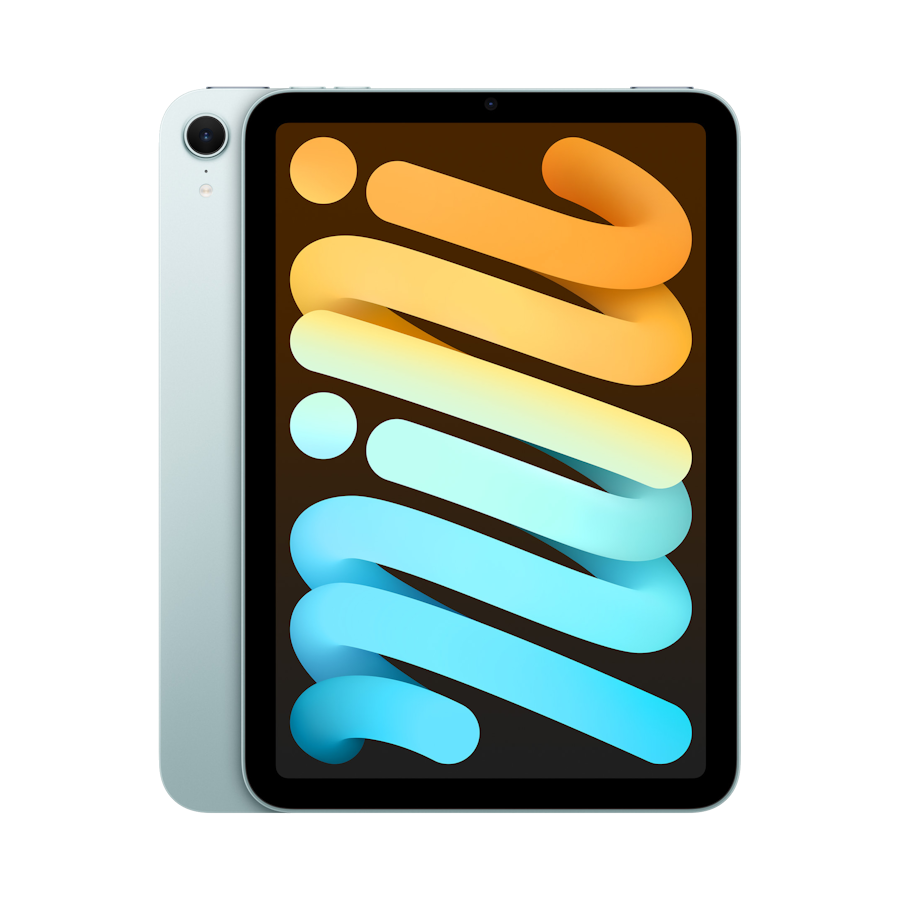
Apple Apple iPad mini (2024)
Best iPad for ReadingBuy on Amazon -
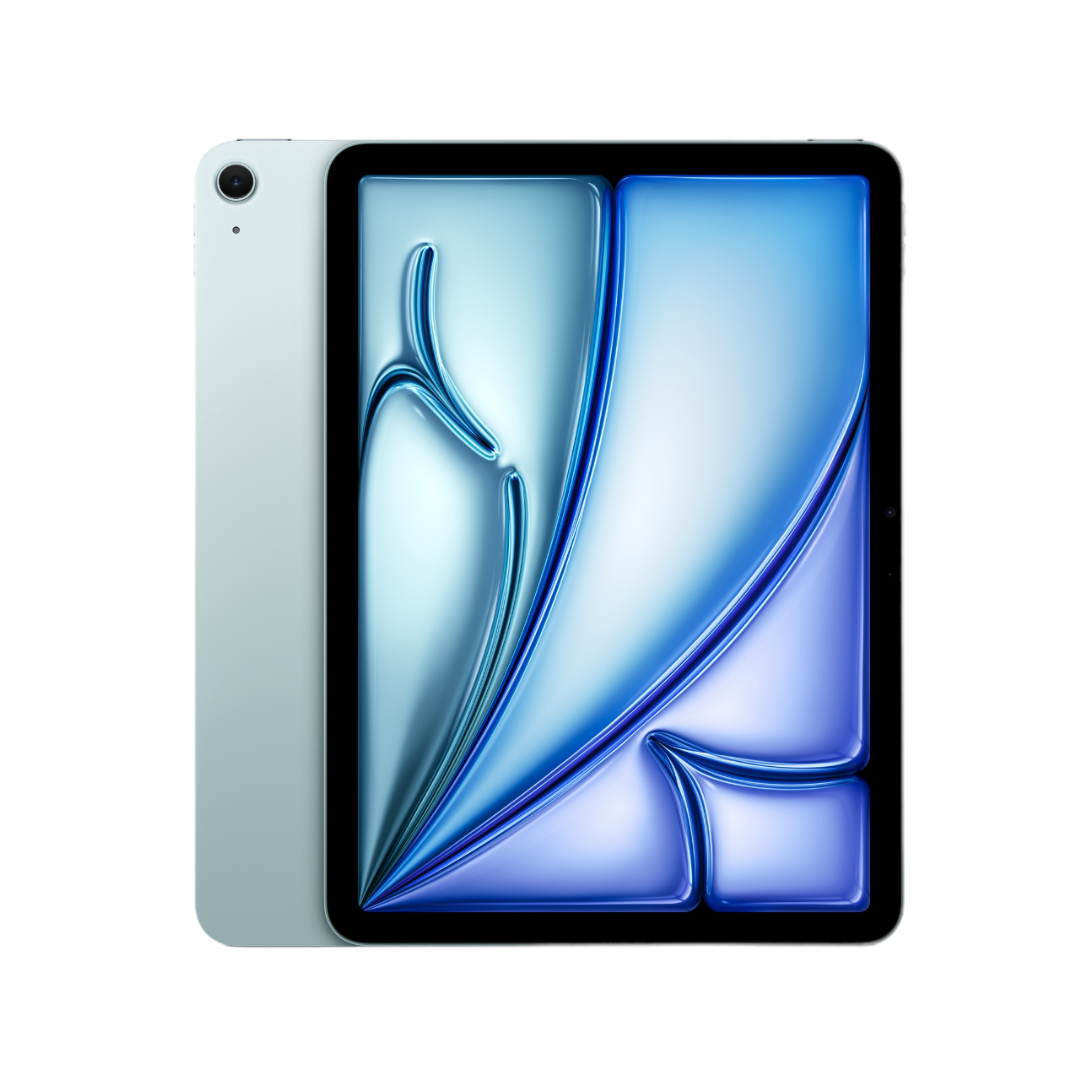
Apple Apple iPad Air 11-inch (M2)
Best iPad for College Students$670 at Amazon
What to Look For With an iPad
The Apple iPad lineup has long been the go-to for a premium tablet experience for most people for good reason. All iPads deliver an incredible experience, and the iPadOS has access to tons of tablet-optimized apps. However, depending on what you want to get from your iPad, not all of the models will suit you. So, while shopping for an iPad, the most crucial consideration is your use case.
Even the most affordable iPad models are enough if you only plan to browse the web, check social media, and stream content. But if you want powerful hardware to handle intensive apps and games, you’ll want to shell out for the expensive models.
Attaching peripherals and other accessories can also help you get more out of an iPad. All current-generation iPads have USB-C ports and Bluetooth connectivity for this, and the Pro models even have support for Thunderbolt and USB4.
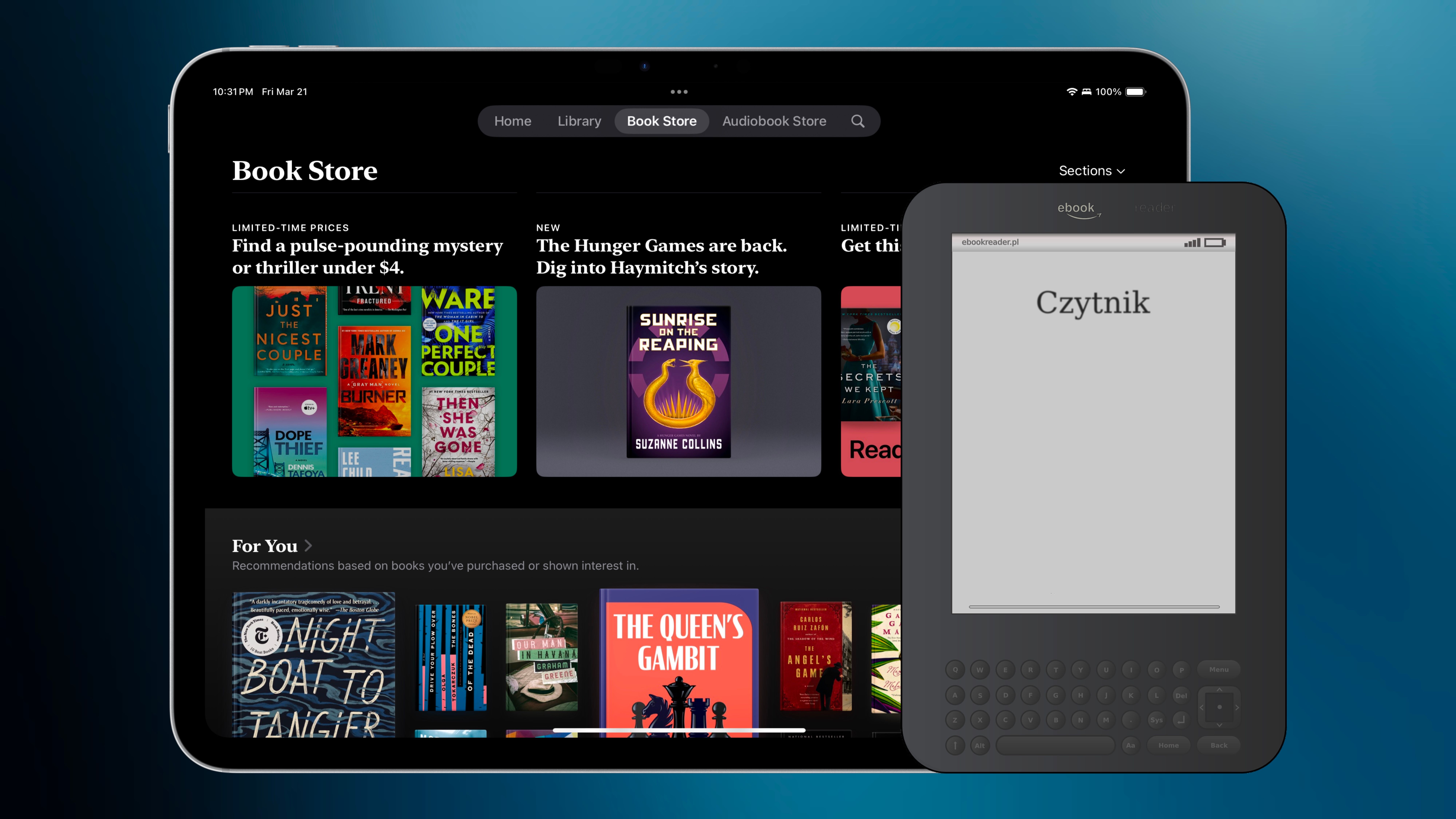
Related
Why the iPad Is Replacing My eReader
iPads are more expensive but they come with some big benefits.
However, it’s also important to remember that an iPad can’t fully replace a laptop, at least not yet. iPadOS is quite capable and can do many things that a desktop-grade operating system can do, but it also has limited multi-tasking and split-screen functionality. iPad apps are also often less comprehensive than their desktop counterparts.
Now, let’s look at the best iPads for the most common usage scenarios.
|
How Did We Research |
||
|
Models Evaluated |
Hours Researched |
Reviews Analyzed |
|
7 |
22 |
27 |
How-To Geek’s product recommendations come from the same team of experts that have helped people fix their gadgets over one billion times. We only recommend the best products based on our research and expertise. We never accept payment to endorse or review a product. Read More »
Best iPad Overall: iPad Air M3
|
Pros |
Cons |
|---|---|
|
Excellent M3 performance |
Display lacks OLED or ProMotion |
|
Lightweight, durable build |
Apple Intelligence features feel underdeveloped |
|
Sharp display with vivid color and smooth motion |
No Face ID |
|
Supports multiple Touch ID profiles |
The best overall iPad you can buy right now is the iPad Air M3. Available in 11-inch and 13-inch sizes, it finds the sweet spot between value, portability, and power and is wrapped in a sleek, minimalist frame. At just over a pound in weight, it’s light enough to hold comfortably for long stretches, yet still feels solid in the hand, mainly thanks to its aluminum build. That said, a good protective case is still a necessary accessory for everyday protection, whether you choose the 11-inch model or the 13-inch version.
The iPad Air M3’s Liquid Retina display delivers sharp text and vivid colors, meaning it’s just as suited for work as it is for streaming. Motion is smooth, contrast is strong, and brightness holds up well in most environments, although direct sunlight still brings its viewing challenges.
However, it’s the M3 chip that delivers the most notable benefits. While the iPad Air M2 is still available and is still an excellent tablet, the M3 provides a noticeable boost over its predecessor and the majority of its competitors. It can handle everything from photo editing to demanding games with impressive ease and rarely shows signs of slowing down, even during bouts of intensive multitasking.
The iPad Air M3 is loaded with 8 GB of RAM, and the base configuration has 128 GB of storage. If you’re willing to pay the extra, options continue on up to 1 TB, but if you’re looking for the best value, the 11-inch version gives you everything you need. Maxing out on the 13-inch model with high storage capacities takes you into iPad Pro low-storage pricing, which is something to consider dependent on your storage versus performance needs.
Battery life is solid, although it does not match the energy performance of the previous model. You’ll get around 9.5 hours on moderate settings, which should get you through most workdays without an outlet hunt. Additionally, the 12MP front and back cameras take decent pictures, and they’re also fine for video calls.
The front-facing camera is positioned along the longer edge, making for more natural framing when video chatting with the tablet in landscape mode. This is helpful if you have the iPad docked in the Magic Keyboard. Adding this accessory helps you use your tablet like a laptop, although again, you do need to buy the size that matches your iPad. That means choosing the 11-inch Magic Keyboard or the 13-inch.
However, once you take the price of the keyboard into account, you may want to consider the MacBook Air M4 instead. This may save on costs and does offer even better chip performance. You just need to consider if you’re a laptop or a tablet type. If it’s the latter, the iPad Air M3 is one of the best overall tablets you can buy.


Apple iPad Air (M3)
$29
The iPad Air M3 stands out as the best all-around iPad, offering strong performance, a sharp display, and premium build quality in a lightweight design. With the power of the M3 chip and support for advanced accessories, it delivers a near-Pro experience at a more approachable price.
$570 at Amazon
$599 at Apple
Best Budget iPad: iPad (10th generation)
|
Pros |
Cons |
|---|---|
|
Excellent battery life |
Display limited to sRGB gamut |
|
Good performance |
Only 64GB storage in the base model |
|
Value for money |
The 10th generation iPad, Apple’s most affordable tablet, is a wise investment for anyone on a tight budget or who needs a tablet for basic tasks. It offers good performance, making it perfect for checking social media, streaming content, casual gaming, and more. Rest assured, even though you aren’t spending much money, you’ll still get a great experience with access to many amazing apps, relieving you of any cost-related concerns.
The 10th-gen iPad is powered by the chip in the iPhone 12 series, but despite its age, it still feels responsive and snappy. The tablet has the same modern design as the company’s other iPad models and a USB-C connector for power and data. Wi-Fi 6 is helpful for fast wireless connectivity, and cellular variants support 5G. Like other iPads, it also has excellent battery life.
There is Touch ID for biometric authentication, stereo speakers, and support for USB-C Apple Pencil. If you have the first-generation Apple Pencil lying around, you can also use it, but you’ll need an adapter for pairing and charging.
The only area where you compromise compared to other iPads is the display. The 10th generation iPad’s display is limited to the sRGB color gamut, whereas other iPads support the much wider Display P3 color gamut, allowing them to display more colors accurately. However, this won’t be a significant issue for most people.
The 10th-generation iPad is available in Wi-Fi only and Wi-Fi + Cellular variants starting at $349. It also comes in four color options and two storage variants.


Apple iPad (10th generation)
The 10th-generation iPad may be the most affordable tablet in Apple’s lineup, but it’s pretty capable and powerful enough to handle everyday tasks.
Buy on Amazon
See at Apple
Best Buy
Best iPad for Drawing: 13-inch iPad Pro (M4)
|
Pros |
Cons |
|---|---|
|
OLED panel is beautiful and bright |
Expensive |
|
Thinnest iPad at 5.1mm |
|
|
Powerful M4 chip |
If you are a professional and need a serious tablet for drawing and creating content, it’s hard to go wrong with the 13-inch iPad Pro. Its screen gives you a large canvas for your drawing, and the Tandem OLED panel is also the best display on any iPad. Like any excellent OLED panel, it produces inky blacks and vibrant colors.Apple has also ensured it can deliver up to 1,000 nits of peak brightness in SDR and 1,600 nits in HDR.
As someone who plans to use the iPad for drawing, you’ll appreciate the new Pencil Pro, which supports a nifty new squeeze gesture for bringing up menus and other options. Developers can also determine what this gesture does in their apps, making the Pencil Pro even more versatile. Additionally, the Barrel Roll feature gives you precise control of a shaped pen or brush by just rotating the pencil with your fingers. Just keep in mind that the Pencil Pro is a separate purchase—at $129 MSRP, it’s an expensive stylus but worth the investment.
Moreover, the M4 chip is insanely powerful and can handle even the most intensive tasks, including drawing and content creation tools. You’ll also be happy to know that Apple includes 256GB storage in the base model. Of course, you can go up to 2TB if you need more.
iPad Pros already looked slick, but with the 2024 version, Apple has further refined the design. The company has managed to slim down the 13-inch model to just 5.1mm, making it the thinnest iPad. Another useful little design tweak is the placement of the front shooter in the middle of the long side.
However, all these impressive features add to the cost, and the 13-inch iPad Pro starts at $1,299. So, if it’s out of your budget, the 13-inch iPad Air is another good option. The Air lacks the OLED panel and the M4 chip, but it supports the Pencil Pro, and its M2 chip is still quite powerful.


Apple iPad Pro 13-inch (2024)
The 13-inch iPad Pro is Apple’s most powerful iPad, and it houses a beautiful OLED display. Combined with Apple’s Pencil Pro, it becomes an excellent tool for sketching, drawing, and more.
$1250 at Amazon
$1299 at Best Buy
$1299 at Target
Best iPad for Reading: iPad Mini (A17 Pro)
|
Pros |
Cons |
|---|---|
|
Liquid Retina display is beautiful |
500 nits sometimes isn’t enough against overly bright days |
|
A17 Pro chipset offers more performance headroom |
|
|
Slim, lightweight, and compact |
|
|
Wi-Fi 6E |
While an eReader can certainly get the job done, the iPad Mini is equally useful for reading, given its incredibly thin and lightweight form factor. And since this is the 2024 model, the iPad Mini is rocking Apple’s A17 Pro chipset, which comes in handy if you feel like setting aside a book and doing some gaming or editing.
But when you do read, the iPad Mini (2024) is quite a comfortable experience. With its 8.3-inch Liquid Retina display and 500 nits brightness, it isn’t surprising that text looks sharp enough to cut glass. It’s also just 0.65 pounds (293 grams), which helps avoid fatigue—a godsend if you’re really gripped by a particular book.
The A17 Pro chipset is running the show, with 8GB of RAM to boot. That’s a lot more headroom in terms of performance compared to the 6th-gen iPad Mini. Even the Wi-Fi chipset has been upgraded from Wi-Fi 6 to Wi-Fi 6E, granting access to the 6Ghz frequency band and overall lower latency and speed. It’s a handy feature to have if you do your reading through apps that require an internet connection.


Apple iPad mini (2024)
With its high-resolution, Liquid Retina display, the Apple iPad Mini (2024) is so nice for reading, it should be a sin. And with its A17 Pro chipset, you can use the tablet for a lot more than reading.
See at Apple
Buy on Amazon
Best iPad for School: iPad (10th generation)
|
Pros |
Cons |
|---|---|
|
Good performance |
Base model is limited to 64GB storage |
|
Affordable |
|
|
Excellent battery life |
Besides being an excellent budget option, the 10th-gen iPad is a great companion device for young kids. It’s affordable, and its large screen will give kids plenty of real estate to consume or create content. It also packs a decent camera for any FaceTime calls or any Zoom classroom sessions.
The A14 Bionic may not be the latest chip, but it delivers enough power for the iPad to run anything your kid needs for school work smoothly. There is also support for the USB-C Apple Pencil and the 1st-gen Apple Pencil with the Lightning connector, so your school-going kids can take notes, draw, sketch, and do much more.
The regular iPad’s battery life is a plus, as it can last up to 10 hours while watching videos, browsing the web or social media, or reading eBooks. Moreover, iPadOS offers a plethora of apps and games for kids. There are also built-in parental controls to limit what your kids can do on the iPad.
The 10.9-inch display isn’t the best in Apple’s portfolio, but considering the 10th-generation iPad’s price tag, there is little to complain about. Other highlights include stereo speakers, Wi-Fi 6 connectivity, and Touch ID for seamless biometric authentication.
If the regular iPad is too big for your child, the iPad Mini is a compact alternative. You’ll spend more money but get a higher-resolution display and faster processor. Otherwise, the Mini is pretty much the same as the regular iPad.


Apple iPad (10th generation)
The regular iPad is an excellent companion device for school-going kids. It’s not terribly expensive but still delivers a good experience.
Buy on Amazon
See at Apple
Best Buy
Best iPad for College Students: 11-inch iPad Air (M2)
|
Pros |
Cons |
|---|---|
|
M2 chip delivers snappy performance |
iPadOS can be slightly limiting |
|
Excellent display |
|
|
Apple Pencil Pro support |
Our best overall iPad pick, the 11-inch iPad Air, is an excellent option for college students looking for a capable laptop replacement. It’s not the most powerful iPad in Apple’s portfolio, but its M2 chip can deliver more than enough power for most college students.
If you’re willing to shell out the cash, you can combine this tablet with Apple’s Magic Keyboard or an excellent third-party keyboard case like the Logitech Combo Touch to get an experience similar to a laptop. Remember, while the iPad Air can do a lot of what a traditional laptop does, iPadOS also limits it. So make sure it can run any specific apps or software you need.
The 11-inch iPad Air is also reasonably portable, so you won’t have to carry a big bulky tablet around. Additionally, the aluminum and glass construction is durable, but using a case for peace of mind is always a good idea.
Other features of the tablet aren’t shabby either. For example, it’s equipped with a 12MP ultra-wide front camera with Center Stage to keep you in the frame while making a video call. Additionally, there is Wi-Fi 6E support for fast wireless connectivity and support for Apple’s new Pencil Pro.
If you want an even bigger screen, the iPad Air comes in a 13-inch variant. The two iPad Air variants are identical in overall size and weight.


Apple iPad Air 11-inch (M2)
The 11-inch iPad Air’s powerful hardware and fantastic display are perfect for handling the needs of a college student. Combined with a keyboard case, it becomes even more versatile.
$670 at Amazon
See at Best Buy
See at Target
FAQ
How do I connect my Apple Pencil to my iPad?
It’s a simple process to connect an Apple Pencil to an iPad. If you have the first-generation Apple Pencil, you’ll need to remove the cap and plug it into the Lightning port of your iPad. You’ll then see a Bluetooth pairing request on the iPad screen. Accept it, and the Apple Pencil will be paired. iPad (10th generation) owners trying to pair the first-generation Apple Pencil will need a USB-C to Apple Pencil adapter as the iPad has no Lightning port.
If you have a second-generation or newer Apple Pencil, simply attach it to the magnetic connector on the side of the iPad. You’ll receive a pairing request. Accept it, and the Apple Pencil will connect.
How do I take a screenshot on my iPad?
You can take a screenshot on any modern iPad with the home button by pressing the top button and either volume button simultaneously. If your iPad has a home button, press the home and top buttons simultaneously to capture a screenshot.
Can I use my iPad as a laptop replacement?
Sure, you can use the iPad as a laptop replacement by connecting a keyboard and trackpad accessory. Most iPads feature incredibly powerful processors that can run professional-grade applications. But remember, as it uses the iPadOS, you’ll face some software and multitasking limitations.
What are the current iPad generations?
As of June 2024, Apple offers four different iPad models. The base iPad, or the regular iPad, is currently in its 10th generation, which was released in 2022. The iPad Mini hasn’t been updated since 2021, when the sixth-generation model was released. The 11-inch and 13-inch models of the iPad Air and the iPad Pro are the newest iPads in the company’s portfolio and were introduced in 2024.
The 11-inch iPad Air is technically the sixth-generation iPad Air, but it’s the first generation of the 13-inch iPad Air. Similarly, the 2024 model of the 11-inch iPad Pro is technically the fifth-generation iPad Pro 11-inch, but it’s the first-generation iPad Pro 13-inch.


